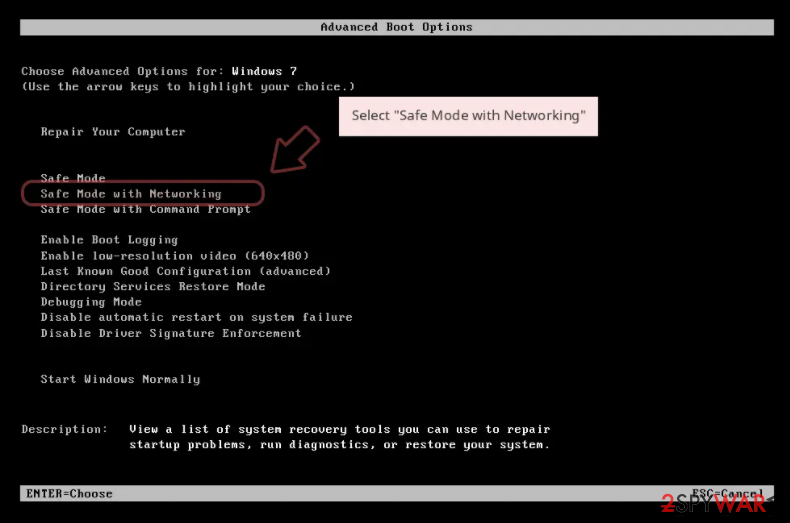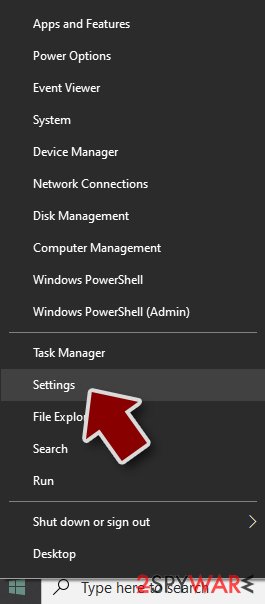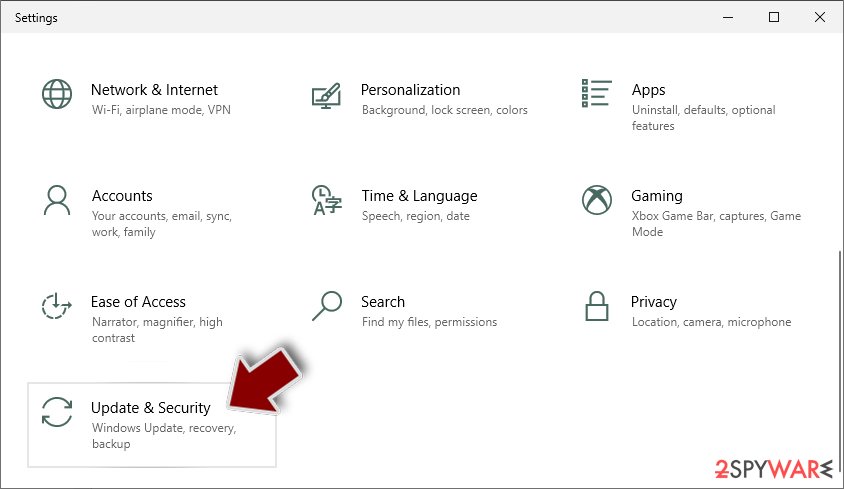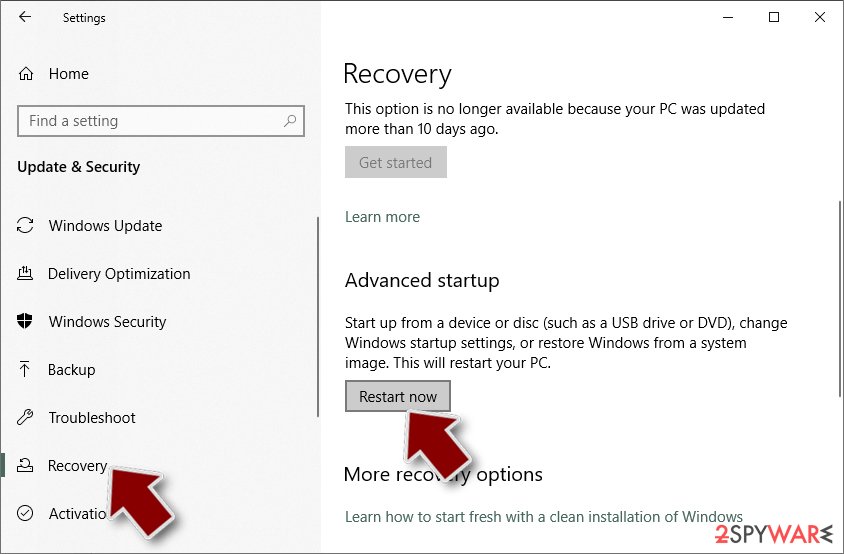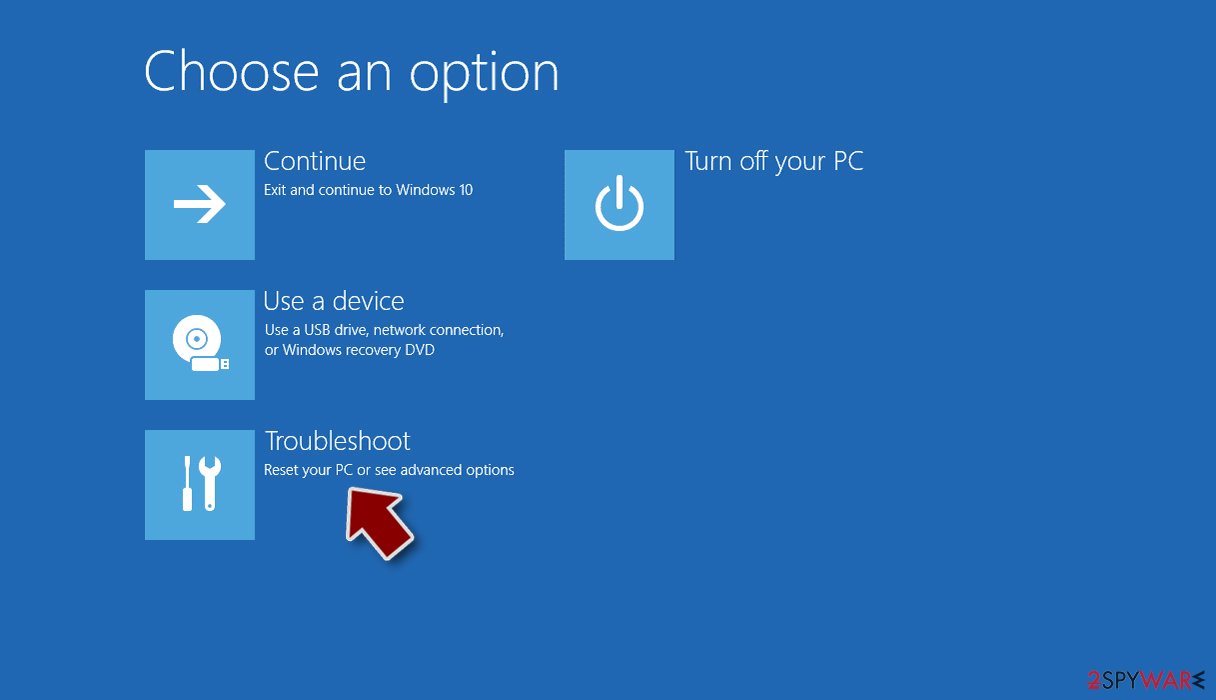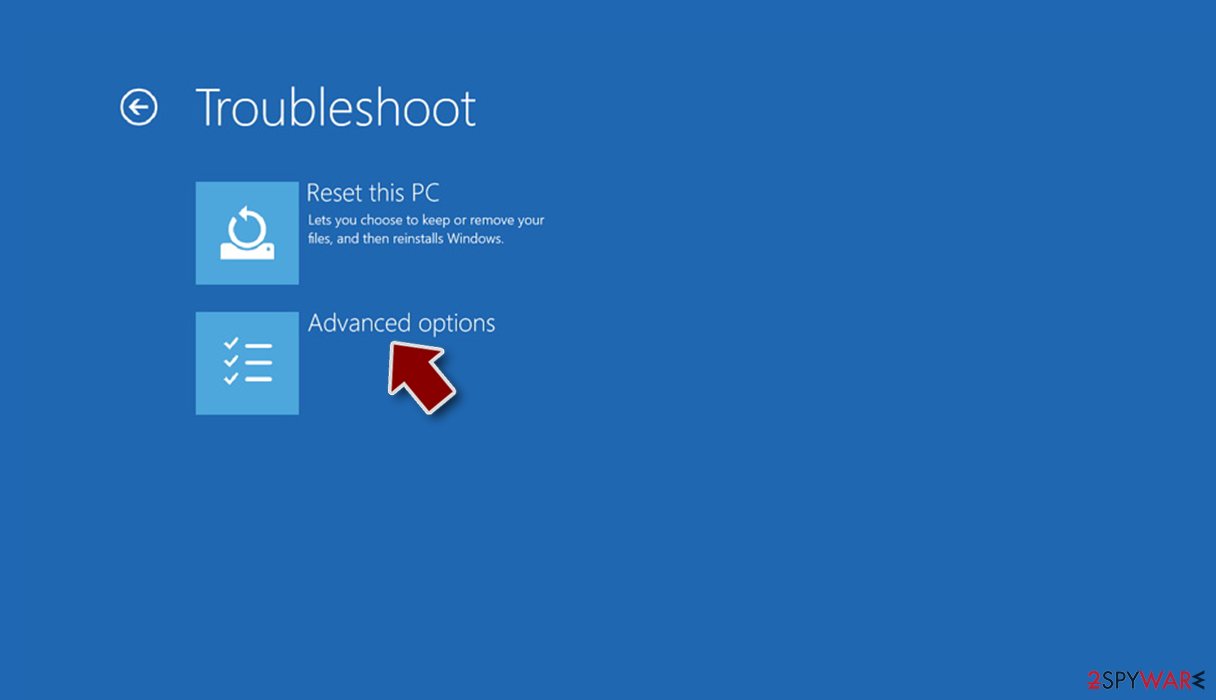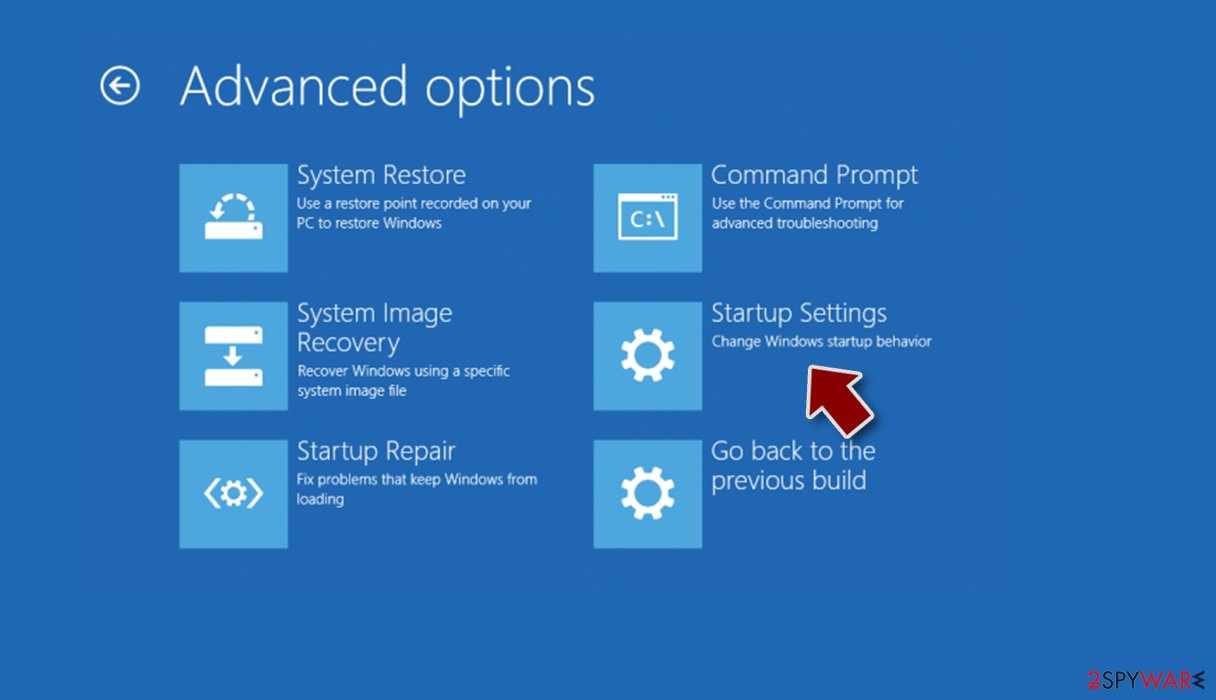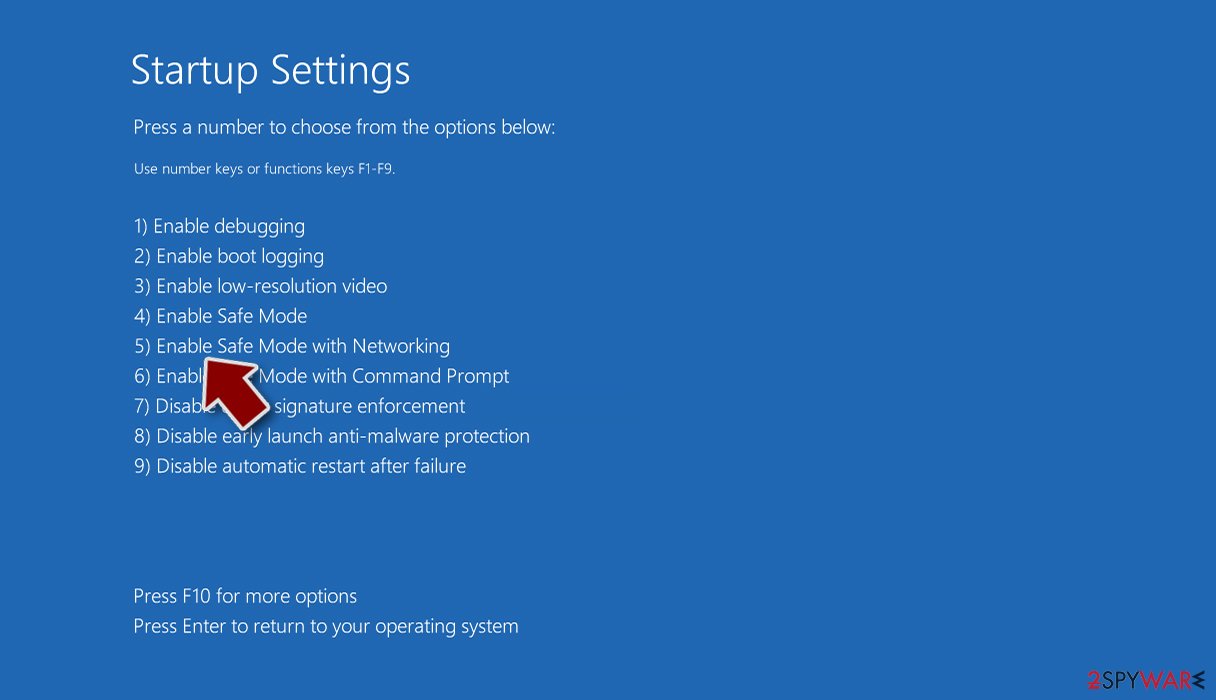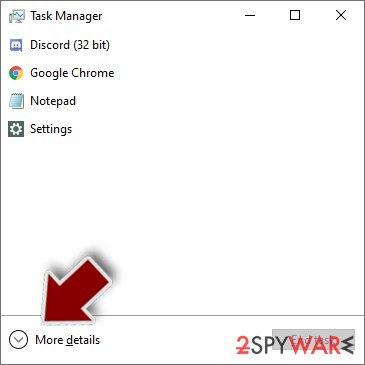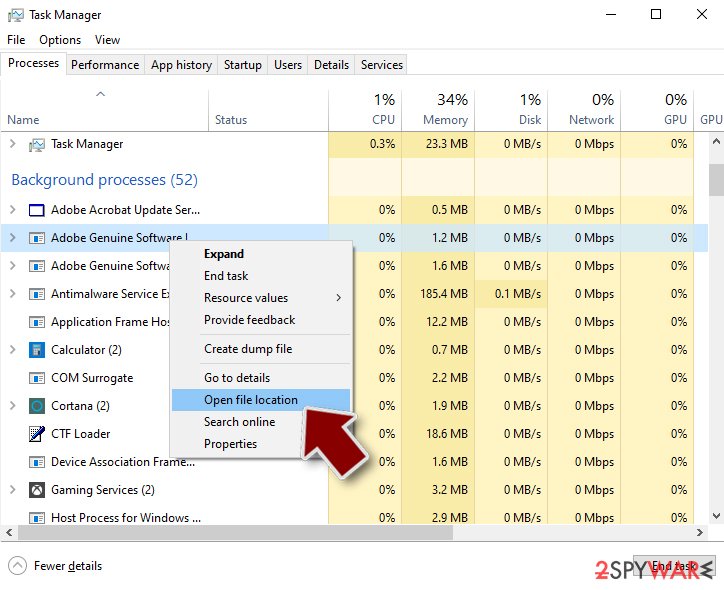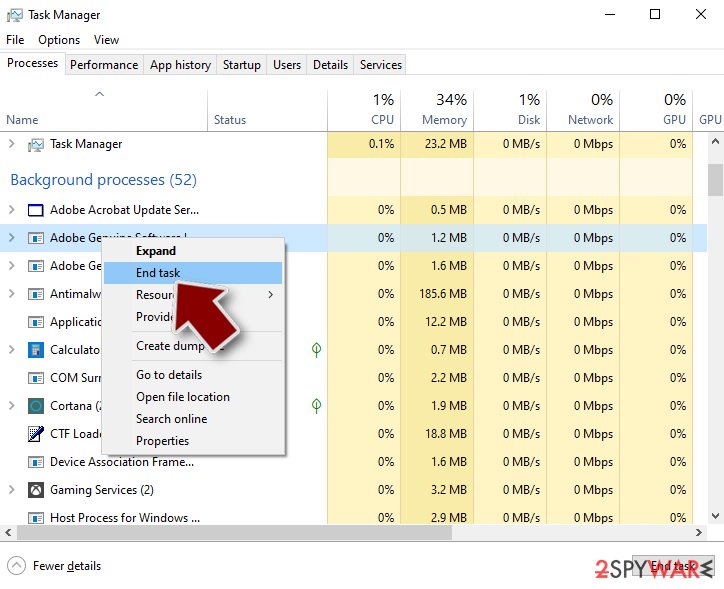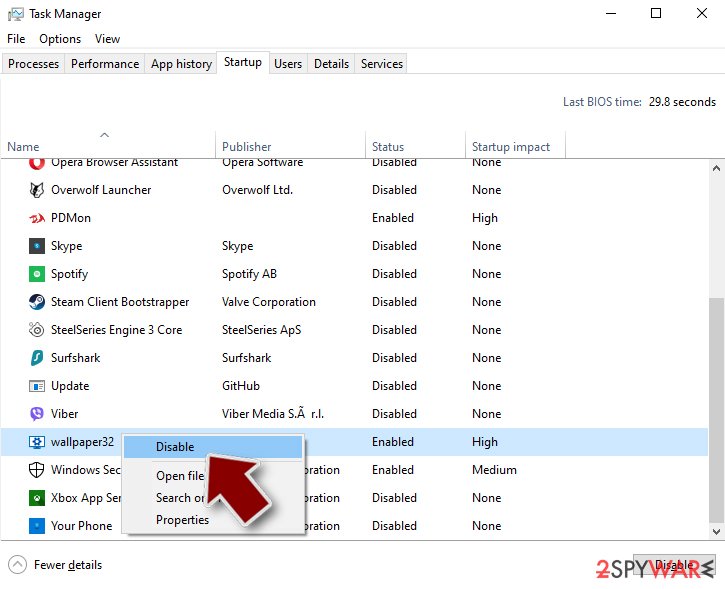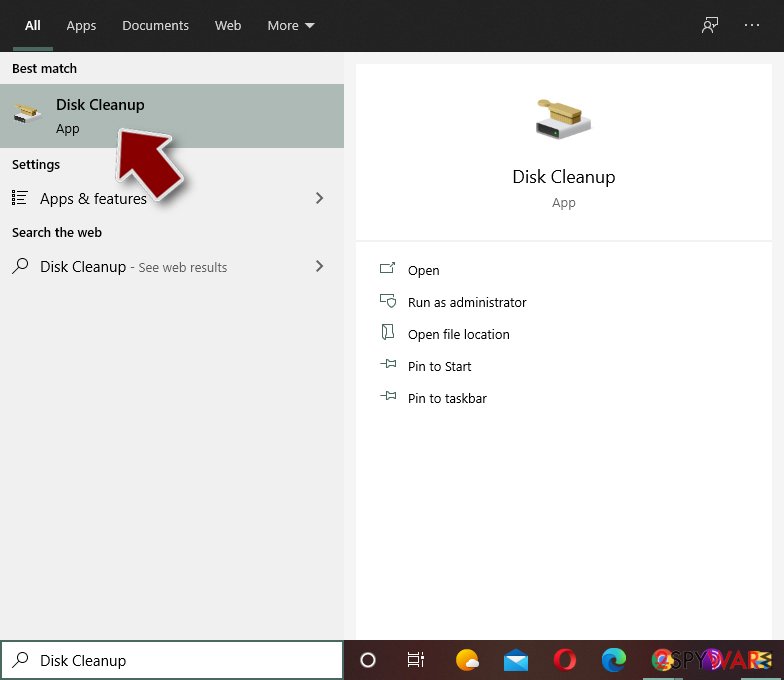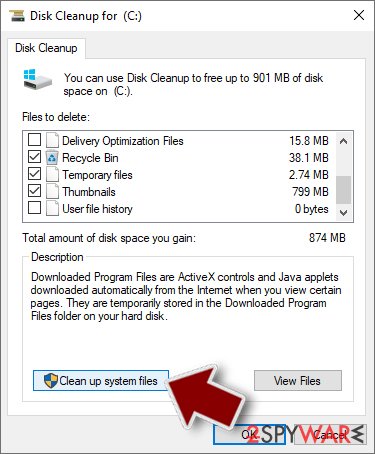Reetner ransomware / virus (Removal Guide) - Quick Decryption Solution
Reetner virus Removal Guide
What is Reetner ransomware virus?
All the reasons you should get rid of Reetner ASAP
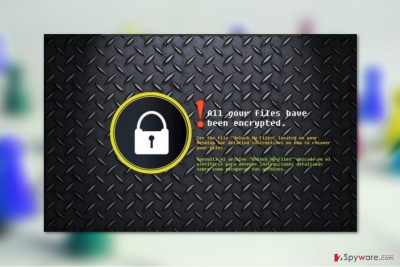
Reetner virus is a crypto ransomware [1] , in other words, a cyber infection designed to apply complex encryption algorithms AES256 and RSA4096 to render infected computer’s files unreadable. Extortionists expect victims to pay for the data recovery in Bitcoins — a typical currency used by hackers to conceal the transactions and their identities.
Reetner is an unusual ransomware in a way that it has been put together using Modular programming [2] , meaning that the execution of its different functionalities are independent of each other. Typically, such ransomware will operate using several executables, each designed for a different purpose, for instance, scanning the PC for predetermined files, encrypting file contents and dropping the ransom note on the encrypted PC.
Naturally, the use of different executables makes it more difficult to perform the Reetner removal. Nevertheless, software like FortectIntego can be used to complete the elimination process safely.
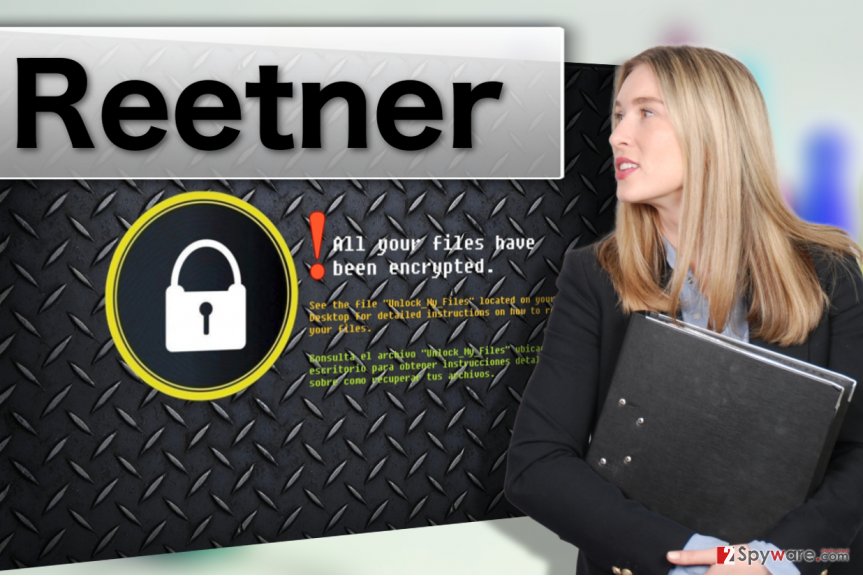
Noter.exe is one of the ransomware executable samples that the virus researchers managed to get their hands on. This particular file seems to responsible for dropping the ransom note and replacing the desktop background of the infected computer. The recovery instructions of the analyzed sample were rendered in English and Spanish [3], so we can presume that English and Spanish-speaking users are among the main targets of this parasite and should be especially careful.
The ransom note consists of merely a few lines:
! All your files have been encrypted.
See the file “Unlock_My_files” located on your Desktop for detailed instructions on how to recover your files.
Consulta el archivo “Unlock_My_Files” ubicado en el escriptorio para obtener instrucciones detalladas sobre como vecuperar tus achivos.
Don’t even consider paying the cyber criminals if you don’t want to support them in creating similar malware in the future. Just start your antivirus, remove Reetner from your PC and try to recover your files by applying our recommended data recovery solutions.
Ransomware distribution: main techniques
Virus distribution via email attachments may seem like a thing of the past, but in reality, this method is thriving, and Reetner is one of the many ransomware that puts it to use. Nevertheless, this does not mean that virus developers don’t exploit some more complex techniques for the system infiltration. Apart from spam emails, the virus may be deployed on the PC as a result of:
- Malvertising
- RDP attacks
- Exploit kits
- Trojans
You may use sophisticated security software as a shield of protecting your data from Reetner, but there is never a 100% guarantee that the attack will be prevented. Thus, we recommend obtaining some external storage drive and keeping backup copies of your files on it.
Reetner removal tutorial
Keeping a complex ransomware virus on your PC can endanger both your computer security and your privacy; thus we recommend to remove Reetner virus from the PC without delay. Besides, the malware’s stay on your PC can be accompanied by other nasty viruses including keyloggers, Trojans or worms. To wipe all this unnecessary and hazardous material from your PC, scan it with antivirus software. After you are done with Reetner removal, follow the guide below to try out expert-prepared data recovery methods.
Getting rid of Reetner virus. Follow these steps
Manual removal using Safe Mode
Important! →
Manual removal guide might be too complicated for regular computer users. It requires advanced IT knowledge to be performed correctly (if vital system files are removed or damaged, it might result in full Windows compromise), and it also might take hours to complete. Therefore, we highly advise using the automatic method provided above instead.
Step 1. Access Safe Mode with Networking
Manual malware removal should be best performed in the Safe Mode environment.
Windows 7 / Vista / XP
- Click Start > Shutdown > Restart > OK.
- When your computer becomes active, start pressing F8 button (if that does not work, try F2, F12, Del, etc. – it all depends on your motherboard model) multiple times until you see the Advanced Boot Options window.
- Select Safe Mode with Networking from the list.

Windows 10 / Windows 8
- Right-click on Start button and select Settings.

- Scroll down to pick Update & Security.

- On the left side of the window, pick Recovery.
- Now scroll down to find Advanced Startup section.
- Click Restart now.

- Select Troubleshoot.

- Go to Advanced options.

- Select Startup Settings.

- Press Restart.
- Now press 5 or click 5) Enable Safe Mode with Networking.

Step 2. Shut down suspicious processes
Windows Task Manager is a useful tool that shows all the processes running in the background. If malware is running a process, you need to shut it down:
- Press Ctrl + Shift + Esc on your keyboard to open Windows Task Manager.
- Click on More details.

- Scroll down to Background processes section, and look for anything suspicious.
- Right-click and select Open file location.

- Go back to the process, right-click and pick End Task.

- Delete the contents of the malicious folder.
Step 3. Check program Startup
- Press Ctrl + Shift + Esc on your keyboard to open Windows Task Manager.
- Go to Startup tab.
- Right-click on the suspicious program and pick Disable.

Step 4. Delete virus files
Malware-related files can be found in various places within your computer. Here are instructions that could help you find them:
- Type in Disk Cleanup in Windows search and press Enter.

- Select the drive you want to clean (C: is your main drive by default and is likely to be the one that has malicious files in).
- Scroll through the Files to delete list and select the following:
Temporary Internet Files
Downloads
Recycle Bin
Temporary files - Pick Clean up system files.

- You can also look for other malicious files hidden in the following folders (type these entries in Windows Search and press Enter):
%AppData%
%LocalAppData%
%ProgramData%
%WinDir%
After you are finished, reboot the PC in normal mode.
Remove Reetner using System Restore
-
Step 1: Reboot your computer to Safe Mode with Command Prompt
Windows 7 / Vista / XP- Click Start → Shutdown → Restart → OK.
- When your computer becomes active, start pressing F8 multiple times until you see the Advanced Boot Options window.
-
Select Command Prompt from the list

Windows 10 / Windows 8- Press the Power button at the Windows login screen. Now press and hold Shift, which is on your keyboard, and click Restart..
- Now select Troubleshoot → Advanced options → Startup Settings and finally press Restart.
-
Once your computer becomes active, select Enable Safe Mode with Command Prompt in Startup Settings window.

-
Step 2: Restore your system files and settings
-
Once the Command Prompt window shows up, enter cd restore and click Enter.

-
Now type rstrui.exe and press Enter again..

-
When a new window shows up, click Next and select your restore point that is prior the infiltration of Reetner. After doing that, click Next.


-
Now click Yes to start system restore.

-
Once the Command Prompt window shows up, enter cd restore and click Enter.
Bonus: Recover your data
Guide which is presented above is supposed to help you remove Reetner from your computer. To recover your encrypted files, we recommend using a detailed guide prepared by 2-spyware.com security experts.If your files are encrypted by Reetner, you can use several methods to restore them:
Data recovery option no. 1 Data Recovery Pro
Here is how you can use Data Recovery Pro for the recovery of files encrypted by Reetner.
- Download Data Recovery Pro;
- Follow the steps of Data Recovery Setup and install the program on your computer;
- Launch it and scan your computer for files encrypted by Reetner ransomware;
- Restore them.
Data recovery option no. 2 Windows Previous Versions feature
You can try restoring files encrypted by the ransomware using Windows Previous Versions feature. Instructions how to use it are presented below:
- Find an encrypted file you need to restore and right-click on it;
- Select “Properties” and go to “Previous versions” tab;
- Here, check each of available copies of the file in “Folder versions”. You should select the version you want to recover and click “Restore”.
Data recovery option no.3 Shadow Explorer
Shadow Explorer may be a good data recovery option if the ransomware has not destroyed the backup copies of the encrypted files. To use this tool follow the guidelines below:
- Download Shadow Explorer (http://shadowexplorer.com/);
- Follow a Shadow Explorer Setup Wizard and install this application on your computer;
- Launch the program and go through the drop down menu on the top left corner to select the disk of your encrypted data. Check what folders are there;
- Right-click on the folder you want to restore and select “Export”. You can also select where you want it to be stored.
Finally, you should always think about the protection of crypto-ransomwares. In order to protect your computer from Reetner and other ransomwares, use a reputable anti-spyware, such as FortectIntego, SpyHunter 5Combo Cleaner or Malwarebytes
How to prevent from getting ransomware
Do not let government spy on you
The government has many issues in regards to tracking users' data and spying on citizens, so you should take this into consideration and learn more about shady information gathering practices. Avoid any unwanted government tracking or spying by going totally anonymous on the internet.
You can choose a different location when you go online and access any material you want without particular content restrictions. You can easily enjoy internet connection without any risks of being hacked by using Private Internet Access VPN.
Control the information that can be accessed by government any other unwanted party and surf online without being spied on. Even if you are not involved in illegal activities or trust your selection of services, platforms, be suspicious for your own security and take precautionary measures by using the VPN service.
Backup files for the later use, in case of the malware attack
Computer users can suffer from data losses due to cyber infections or their own faulty doings. Ransomware can encrypt and hold files hostage, while unforeseen power cuts might cause a loss of important documents. If you have proper up-to-date backups, you can easily recover after such an incident and get back to work. It is also equally important to update backups on a regular basis so that the newest information remains intact – you can set this process to be performed automatically.
When you have the previous version of every important document or project you can avoid frustration and breakdowns. It comes in handy when malware strikes out of nowhere. Use Data Recovery Pro for the data restoration process.
- ^ Douglas Bonderud. Burrowing bad? Ransomworms deepen crypto-ransomware threats in 2017. SecurityIntelligence. Security Intelligence Analysis and Insight for Information security professionals.
- ^ Modular programming. Wikipedia. The free encyclopedia.
- ^ Los virus. Los virus. IT news, malware reviews and removal tutorials.
